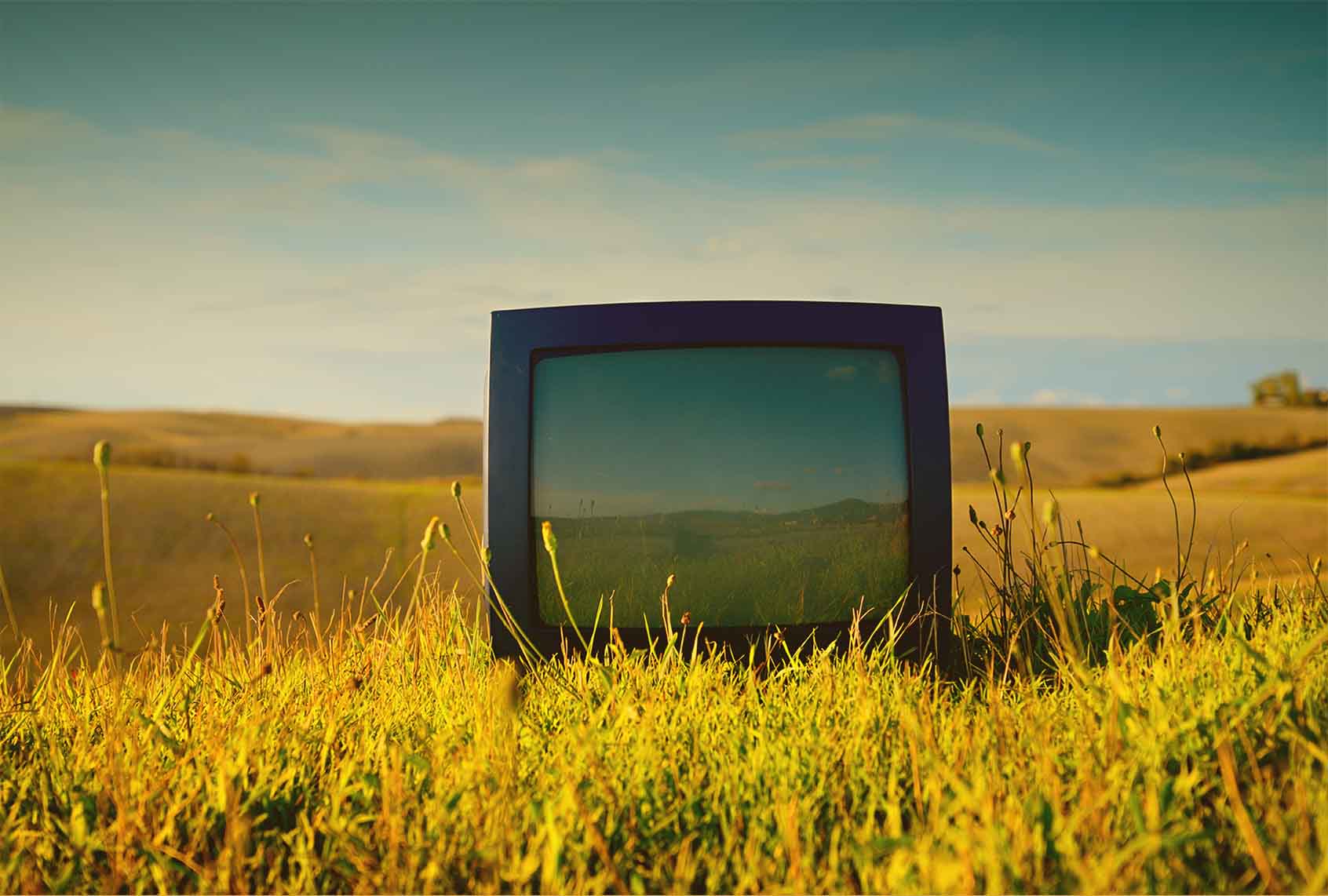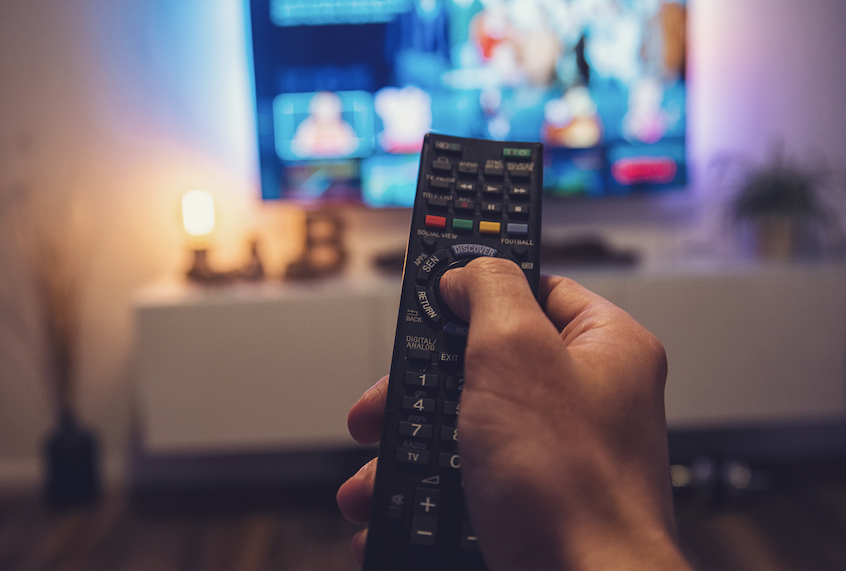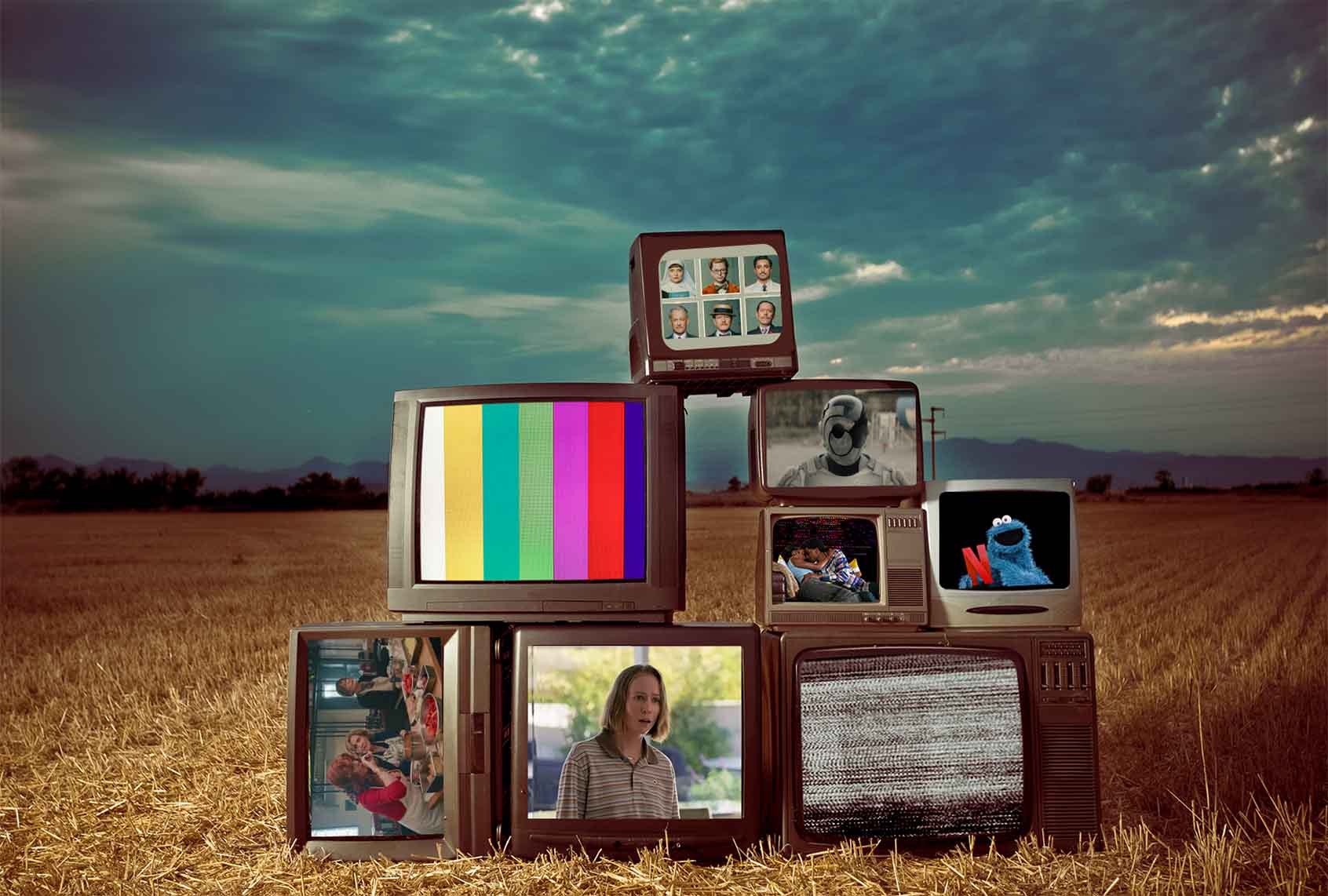A couple of weeks ago, while out for drinks with a friend, I casually mentioned that I was looking forward to seeing the new Wes Anderson movie, “The Phoenician Scheme.” The look of confusion and distrust she shot across our gin and tonics and bar fries was a more hostile response than I would’ve preferred, but when she explained herself, the reaction became clearer. “What do you mean new Wes Anderson?” she asked me, baffled. “That can’t be right. He just put out ‘Asteroid City,’ like, last year!” (Note: “Asteroid City” came out in 2023, which I also was shocked to remember.)
Maybe the Wes Anderson advocates and aficionados will be upset to hear it, but up until mid-April, I didn’t know Anderson had a new movie on the horizon, either. And my job is to know this stuff! But rather than fall into a hole of imposter syndrome and spend the night self-flagellating, I realized that there’s a whole multitude of factors keeping avid media lovers and filmgoers, as well as their casual viewer counterparts, from the films, television and art that they love — things they genuinely would want to watch.
The digital avenues at our disposal are littered with roadblocks, and all the swerving that average audiences do keeps them from the films and television they want to watch. In trying to make media-watching “easier,” tech has slowed the process to a maddening plod.
With the way tech has inserted itself into our day-to-day lives, it has become nearly impossible to be a consumer of culture without being plugged into the mainframe. If you want to know what movie is playing near you or what television show is popular, you’re forced to look online. Or, if you’re seeking something streamable, you can choose to go to your streaming service of choice, where even the new additions are buried under random titles you have no interest in — so much for those algorithms! And that’s if you can get a laggy, frustrating streaming service to work intuitively. The digital avenues at our disposal are littered with roadblocks, and all the swerving that average audiences do keeps them from the films and television they want to watch. It’s too late to pivot backward from the merging of art and tech, but if the two must be inextricable, the solution to being lost in their fusion is to keep one foot outside the fold at all times.
Not long ago, if you wanted to see a movie at your local theater, you could pick up the paper and look at the daily advertisements to find showtimes. That lasted even through the brief Moviefone boom, where users could dial a number to get automated showtimes, which was still a low-tech way to find out what was playing nearby. But then came the internet, and every piece of useful technology exploded, with the shrapnel extending to the far recesses of the digital Rubicon. Some theaters featured digital ticketing, others did not, causing services like Fandango to prioritize movie houses with digital tickets, allowing the platform to earn a service fee on top of a customer’s purchase. For smaller theaters — whether they were independently owned or just a single or few-screen theater in a corporate chain — the digital revolution spelled disaster. The multiplex boom at the turn of the millennium saw theaters that couldn’t adapt to new, digital revenue streams crushed under the financial pressure. In 2000 alone, Carmike Cinemas, Edwards Theatres and General Cinema all filed for bankruptcy.
The ripples of this roaring tech age are still being felt. There is now such a proliferation of digital media that navigating between apps, emails, videos and texts just to find something to watch feels like a massive undertaking. The window between a movie trailer being released and the film itself being released into theaters has tightened, and the window between a film’s theatrical release and its streaming release is sometimes even shorter. With the expansion of streaming, there are more titles at our disposal than ever. But when it comes to finding something you want to watch, good luck fighting against the algorithms, shoddy user interfaces and glitchy applications. In trying to make media-watching “easier,” tech has slowed the process to a maddening plod.
 TV in a field (Getty Images/Lisa-Blue)“If I ever try scrolling through endless titles on a specific streamer’s landing page, it can feel like a Herculean task,” says Cameron Nudleman, an avid film-lover based in Austin, Texas. Nudleman prefers to use his Amazon Fire Stick’s voice search feature to look for specific titles he’s interested in, but that experience is its own can of worms. “I chose a Fire Stick because, as an existing Prime customer, it felt like the easiest and cheapest way to host all of my streaming services in one place. While the experience isn’t entirely awful, I would rate it a six at best.” Nudleman says the attachment designed to enhance the selection and viewing process has only made it more exasperating. “[The Peacock app] is hit or miss,” he adds. “Occasionally, it will crash out for no discernible reason. Paramount+ and Max have issues nearly every time I use them. Paramount+ crashes any time I try to switch shows, and Max turns on closed captioning every time a new episode or a film starts, despite me having closed captions off as the default setting.”
TV in a field (Getty Images/Lisa-Blue)“If I ever try scrolling through endless titles on a specific streamer’s landing page, it can feel like a Herculean task,” says Cameron Nudleman, an avid film-lover based in Austin, Texas. Nudleman prefers to use his Amazon Fire Stick’s voice search feature to look for specific titles he’s interested in, but that experience is its own can of worms. “I chose a Fire Stick because, as an existing Prime customer, it felt like the easiest and cheapest way to host all of my streaming services in one place. While the experience isn’t entirely awful, I would rate it a six at best.” Nudleman says the attachment designed to enhance the selection and viewing process has only made it more exasperating. “[The Peacock app] is hit or miss,” he adds. “Occasionally, it will crash out for no discernible reason. Paramount+ and Max have issues nearly every time I use them. Paramount+ crashes any time I try to switch shows, and Max turns on closed captioning every time a new episode or a film starts, despite me having closed captions off as the default setting.”
Nudleman’s exhaustion mirrors the complaints many average users have with their streaming tech. Earlier this month, my sister and brother-in-law spent a good few minutes trying to figure out how to return to the Apple TV landing page, given that the remote didn’t feature a clearly marked “back” button. Newer versions have since added a button with a backward arrow, which has caused chaos whenever my parents try to type in the title of a specific title and make a typo, sending themselves out of the search function entirely by hitting the unintuitive back arrow.
“If I ever try scrolling through endless titles on a specific streamer’s landing page, it can feel like a Herculean task.”
Tim O’Reilly, a media writer in Chicago, says that if he didn’t come to a streaming service with a title already in mind, the search would be a madhouse. “I have all the services at my disposal and every single interface is complete garbage except for Netflix’s,” O’Reilly says. “Though Netflix has made garish changes in the last few months that tarnish the user experience. Disney+ has a problem where, if it cuts to a commercial, it often crashes. Hulu has a large library but unwieldy UX, and HBO doesn’t know what to do with itself since the Discovery merger.”
Brandon Lewis, a critic and founder of the site When Things Go Pop, agrees that Netflix’s platform is the easiest and most reliable to use when it comes to recommending what he wants to watch. But searching for something he’s already got in mind on the streamer is another matter. “I’ll usually pop over to Netflix first and search to see if a movie is there,” Lewis says. “[But I get frustrated] typing in the first few letters and seeing, ‘If you’re looking for…,’ and the results are a bunch of films that aren’t what I want,” Lewis says. If that fails, he turns to Google to find a streamer that has what he’s looking for, but that method has its issues. “It’s a pretty even split if a film is streaming, or available to purchase or rent digitally, which can also be frustrating because I’m frequently specifically looking for a stream.”
This is a fight I’ve had on my own countless times. Often, if I’m seeking a film or television show, it’s from a separate, running watchlist, or it was recently recommended to me by a friend. I don’t know where it could be streaming, so I use my Apple TV’s voice search feature to locate it. What follows is a series of questions that feel like I chose to stand in front of a baseball pitching machine on its highest setting.
Want a daily wrap-up of all the news and commentary Salon has to offer? Subscribe to our morning newsletter, Crash Course.
“Would you like to stream this movie?” my Apple TV asks. “Or, would you like to purchase it? How about renting it? We know you can’t commit. And if you’d like to rent it, would you like a standard-definition or high-quality stream, which will cost you one extra dollar, yet display a negligible difference between the two? Ooh, want to stream this horror movie on Shudder? We can see that they have it ready. Come on over! Just kidding, they actually don’t, you idiot. But it’s available on Prime Video to stream, you will just have to watch a four-minute series of advertisements in the middle of your movie, which you won’t know until you start it. It’s fine, that character who got shot just before the ad break won’t get any deader by the time you’ve finished watching this ad for Cymbalta, which you’re going to need after getting so depressed on this sojourn that you just want to give up and watch YouTube videos.”
“Streaming seemed like such a good way to democratize movies so that anyone could see anything. Instead, we ended up with a system that requires so many subscriptions, searching and effort. It’s turned art into work.”
One might think a simple solution to these problems is to return to prioritizing the theatrical experience. While that’s something I’ve long been a proponent of, it’s not quite that easy, especially when much of the appeal of streaming in recent years has been how quickly new theatrical titles are made available on digital streaming services. These deals, a notable result of the pandemic kneecapping the movie theater business, haven’t changed much since they were first implemented at the top of the decade. Max no longer has same-day streaming releases for its theatrical titles, but they do typically appear within a few weeks of a theatrical release, contrary to reports that the service would be widening the 45-day gap between theater and streaming. And Netflix famously holds a deal that allows some theaters to show its films for four weeks before they hit the streamer. When asked about this at a Cannes press conference last week, IMAX CEO Rich Gelfond said he wasn’t worried about this limited window “cannibalizing” the box office for Greta Gerwig’s upcoming “Chronicles of Narnia” films for Netflix.
 (Getty Images/eyeem)Though box office profits are critical to theatrical stability, they are also an entirely separate issue when it comes to making the public aware that a movie is in theaters at all. Claire Tuley, an attorney in Tennessee, says that she initially hoped smaller theatrical-to-streaming windows would be good for people like her, who live in towns that only have multiplexes. “I remember thinking that, although the theatrical experience is better, the shorter window between theatrical and streaming meant I would be able to see indie or international movies more quickly than I had previously been able to,” Tuley says. “I live in a smaller city with no independent movie theater, and with the death of movie rental stores, it was just harder to see things.”
(Getty Images/eyeem)Though box office profits are critical to theatrical stability, they are also an entirely separate issue when it comes to making the public aware that a movie is in theaters at all. Claire Tuley, an attorney in Tennessee, says that she initially hoped smaller theatrical-to-streaming windows would be good for people like her, who live in towns that only have multiplexes. “I remember thinking that, although the theatrical experience is better, the shorter window between theatrical and streaming meant I would be able to see indie or international movies more quickly than I had previously been able to,” Tuley says. “I live in a smaller city with no independent movie theater, and with the death of movie rental stores, it was just harder to see things.”
“Streaming seemed like such a good way to democratize movies so that anyone could see anything,” she continues. “Instead, we ended up with a system that requires so many subscriptions, searching and effort. It’s turned art into work.”
The channels that we get information from are broken. Our digital feeds are asynchronous, hindered by advertisements and algorithms that either show us exactly what we want or desperately try to turn us onto something new. Streaming has democratized film and television, in a sense, but a fair number of people still want to leave their homes to experience art out in the wild. But the marketing has to reach the consumer first, and that’s not always a given, especially because actively hunting down a movie trailer or news that a film is approaching its release date means glugging down 50 more ads along the way.
People like my parents are going out to the movies less in general, and often look to me to recommend them new titles. How can we find a happy medium between the theater and the streaming release that lets us see the things we want without getting crushed by massive amounts of “content”?
People who frequent AMC Theatres have this avoidance down to a science. The chain’s affection for 30 straight minutes of trailers before a feature is admirable, but occasionally exhausting. And their pre-show programming featuring Maria Menounos hawking her health podcast isn’t all that appealing either. The solution many customers have adopted is to skip this portion entirely, arriving right when the movie starts. Aside from inconveniencing other moviegoers as they shuffle past, stepping on toes and grabbing seatbacks after the lights have gone down, they’re missing every single trailer for an upcoming attraction.
Because this multi-pronged problem of digital frustration is so common, there isn’t a one-size-fits-all solution. Tuley and Lewis try to keep track of new films coming to their local AMC, and Lewis says the AMC A-List subscription service, which allows members to see more movies at a smaller price, helps kick the problem. Nudleman agrees and says he’s fortunate that his Alamo Drafthouse season pass can guarantee him a wide variety of film programming.
We need your help to stay independent
But then there are people like my parents, who are going to the movies in person less in general, and prefer to stay home to find something streamable. They’re thankful for the insight from their critic son (I hope), but if even I can’t keep track of a new Wes Anderson movie, how will I recommend it to them if I think they’d like it? How can we find a happy medium between the theater and the streaming release that lets us see the things we want without getting crushed by massive amounts of “content”?
For starters, there are more and more boutique physical media shops, and most theatrical films still get some sort of physical release. Even if streaming has curbed the amount of offerings available in retail stores, online avenues are wide open. There are also free options, too. “To this day, I find going to my local library and going through the Blu-Ray shelf is a far more effective way to discover new films than scrolling through a streamer recommendation list,” Nudleman says. “Seeing all those titles together in one place makes them blend into one vast nothingness.” This void is what so many consumers are desperately trying to claw their way out of. It’s a problem that’s not going away anytime soon, which means that being vocal about the irritation it causes is perhaps the best way to alleviate the nuisance. Talking about it with other people strikes up genuine conversation and commiseration. There’s joy to be found in tackling an issue together, and I’ve found that having a close friend who’s my go-to movie companion is a godsend. Maybe that seems archaic in an increasingly disconnected, disaffected world. But in the case of a problem caused by contemporary headaches, doing things the old-fashioned way is our best bet at a brighter, simpler future.


